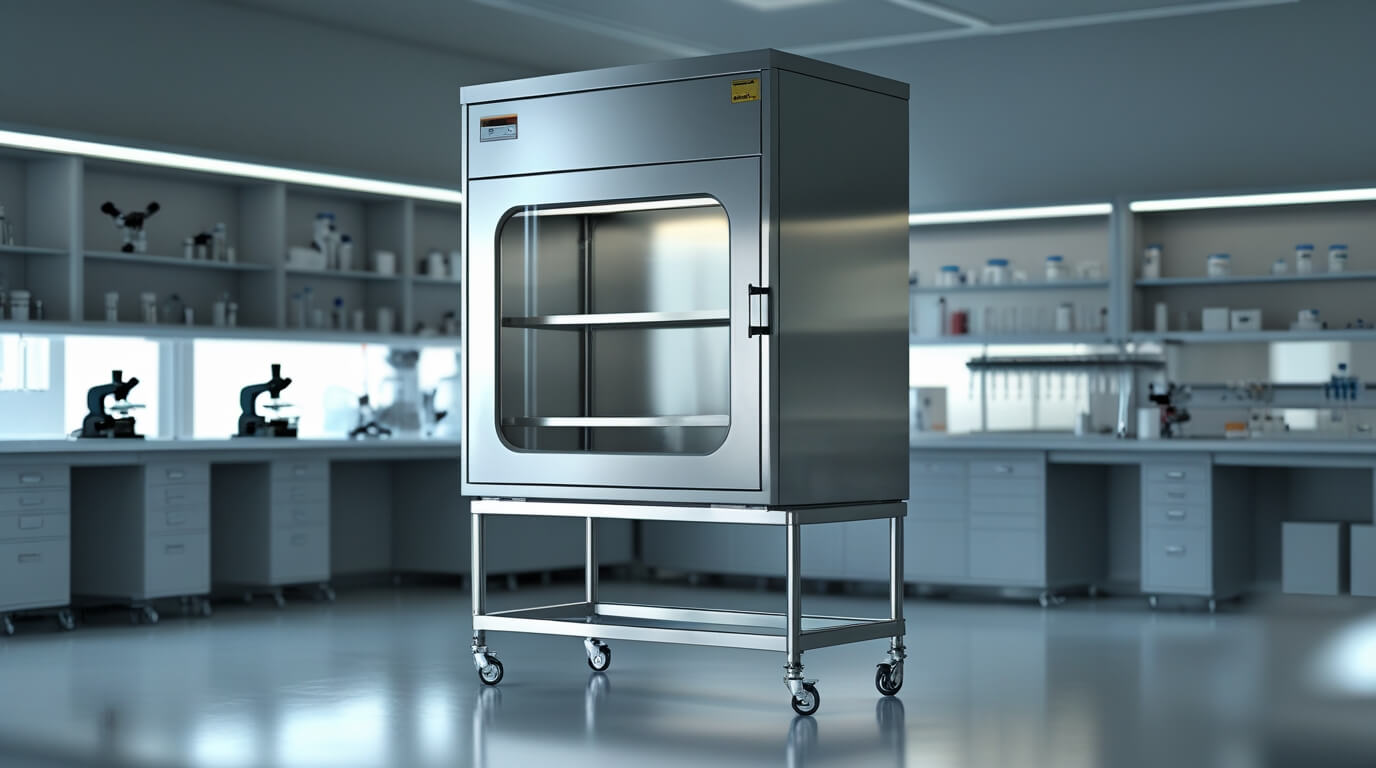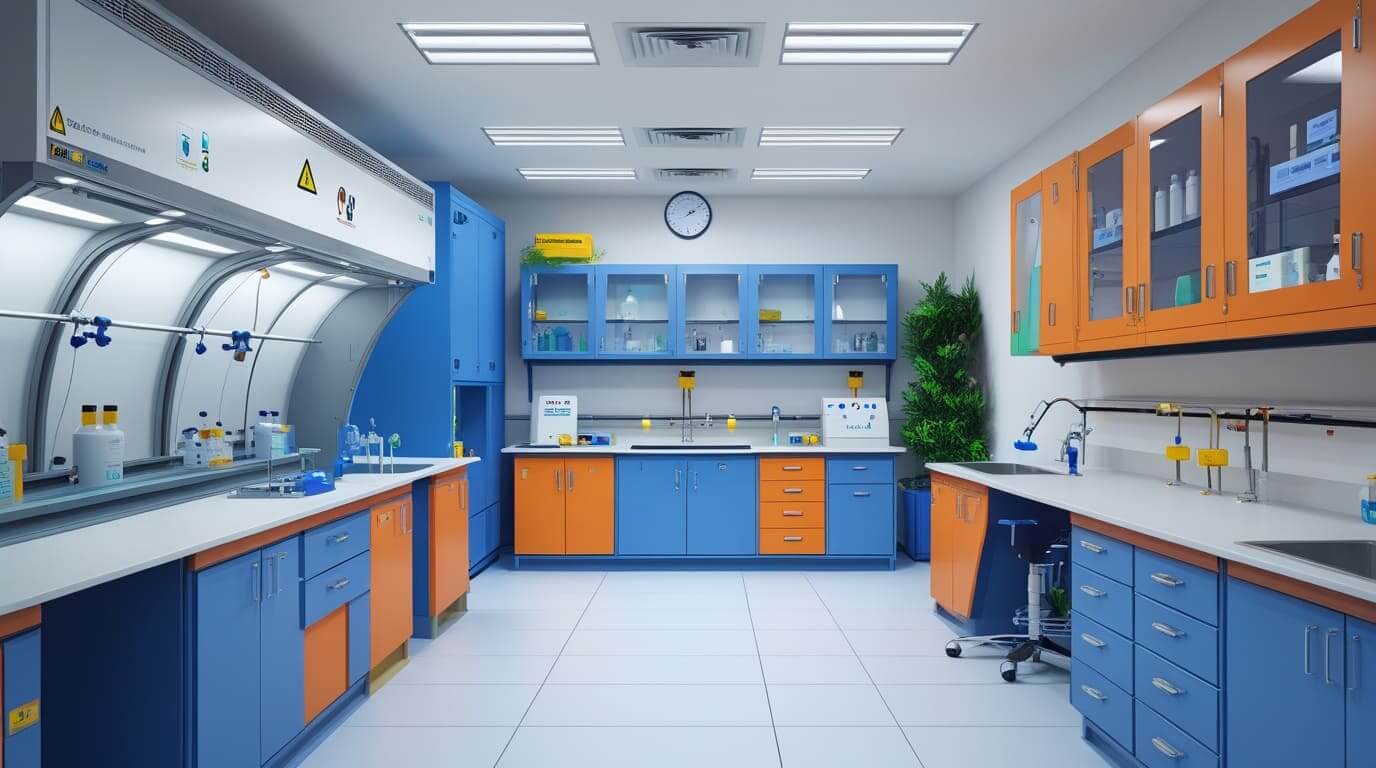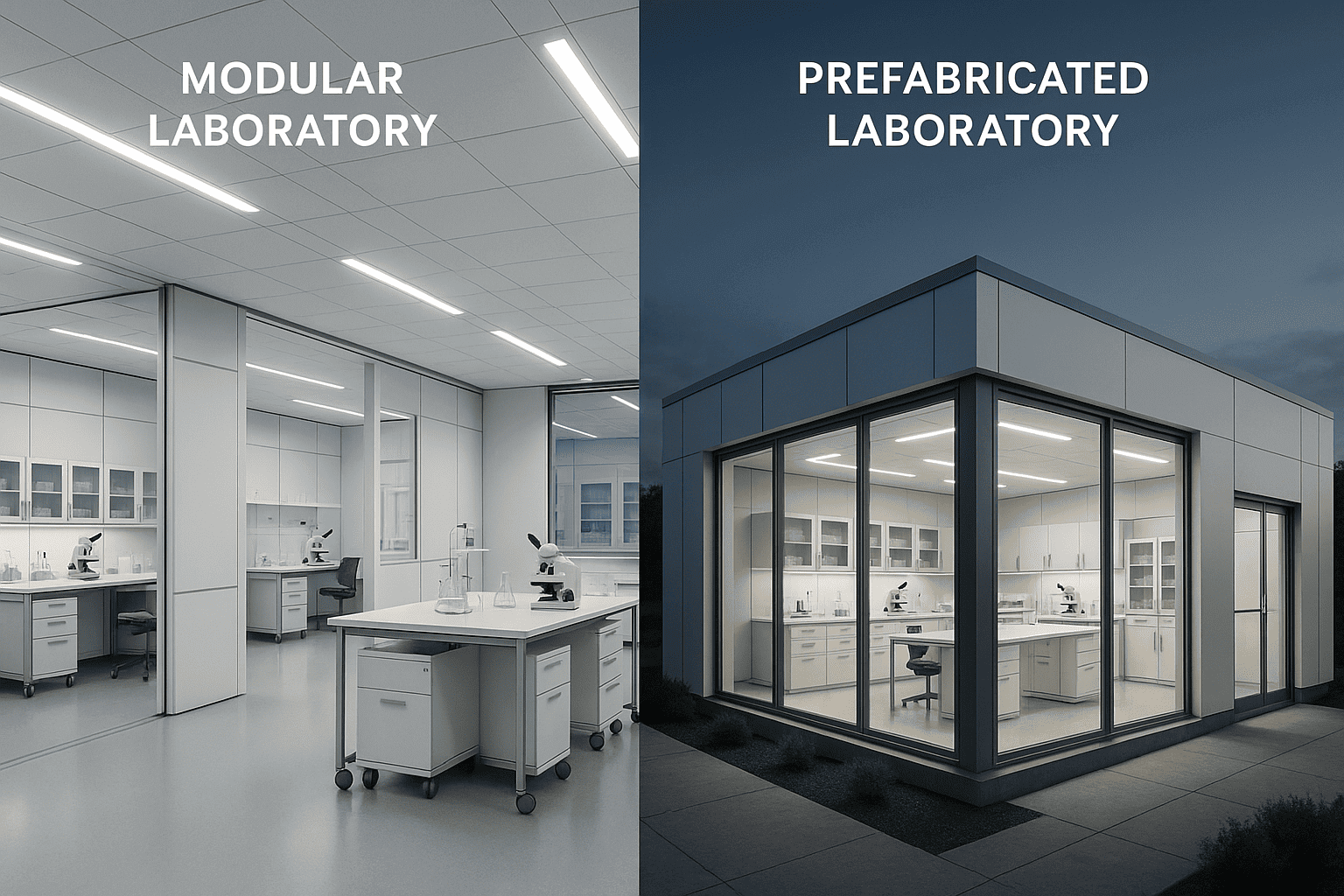Biological Safety Cabinets (BSCs) are essential pieces of equipment in laboratories working with infectious agents, hazardous biological materials, or sensitive cell cultures. These specialized workstations provide a controlled environment that protects the user, the sample, and the surrounding area from contamination. Whether you’re a seasoned researcher or a laboratory novice, understanding how to properly use a BSC is critical for ensuring safety and maintaining the integrity of your work. In this article, we’ll walk you through the key steps and best practices for using a BSC effectively.
Understanding the Basics of a BSC
Before diving into the operational steps, it’s important to understand what a BSC does. These cabinets use high-efficiency particulate air (HEPA) filters to create a sterile airflow, preventing contaminants from entering or escaping the workspace. There are three main classes of BSCs—Class I, II, and III—each designed for specific levels of protection. Class II BSCs, the most commonly used, offer protection for the operator, the environment, and the materials inside. Always confirm the class of your BSC and its intended use before starting your work.
Step 1: Preparation and Setup

Proper preparation is the foundation of safe BSC use. Start by ensuring the cabinet is certified and functioning correctly. Most labs require annual certification to verify airflow and filter performance, so check the certification sticker or consult your lab manager. Turn on the BSC at least 5-10 minutes before use to allow the airflow to stabilize. During this time, avoid disrupting the airflow by keeping the sash (the adjustable front window) at the manufacturer-recommended height—usually marked on the unit.
Next, gather all necessary materials—pipettes, culture dishes, media, etc.—and disinfect them with 70% ethanol or another appropriate disinfectant before placing them inside. Avoid overcrowding the cabinet, as this can disrupt airflow and compromise sterility. Arrange items logically, keeping frequently used tools within easy reach but away from the front grille, where air is drawn in.
Step 2: Personal Protective Equipment (PPE)
Safety begins with you. Always wear appropriate PPE, such as a lab coat, gloves, and, if necessary, safety goggles or a face shield. When working with biohazardous materials, double-gloving may be required. Ensure your sleeves are tucked into your gloves to avoid exposing skin, and never place your head inside the cabinet, as this breaches the protective airflow barrier.
Step 3: Working Inside the BSC
Once inside the cabinet, maintain a disciplined workflow. Move your hands slowly and deliberately to minimize air turbulence. Work at least six inches behind the front grille to stay within the sterile zone. Avoid rapid movements or reaching over open containers, as this can introduce contaminants. If you’re pipetting, use aerosol-resistant tips to prevent contamination of your pipette and samples.
Keep the cabinet clean during use. If a spill occurs, immediately disinfect the area with an appropriate solution (e.g., 10% bleach followed by 70% ethanol) without removing your hands from the cabinet. Dispose of waste, like used pipette tips, in a designated biohazard container inside the BSC to avoid breaking containment.
Step 4: Post-Use Procedures
After completing your work, remove all materials from the BSC and disinfect them as needed. Wipe down the interior surfaces—sides, back, and work surface—with a disinfectant, working from the cleanest to the dirtiest areas to avoid spreading contaminants. Turn off the BSC only if lab protocols permit; some units are left running continuously to maintain sterility. Finally, dispose of your gloves and wash your hands thoroughly.
Best Practices and Common Mistakes to Avoid
To maximize efficiency, follow these tips: never store items inside the BSC between uses, as this can harbor contaminants; avoid using open flames, which disrupt airflow and pose a fire risk; and regularly inspect the cabinet for damage or unusual noises. A common mistake is blocking the front or rear grilles with equipment or hands, which compromises the protective barrier.
Conclusion
Mastering the use of a Biological Safety Cabinet is a fundamental skill for anyone working in a biosafety-conscious environment. By preparing properly, using the cabinet correctly, and adhering to post-use protocols, you ensure laboratory safety and effective contamination prevention. With practice, these steps become second nature, allowing you to focus on your research while maintaining the highest safety standards.



